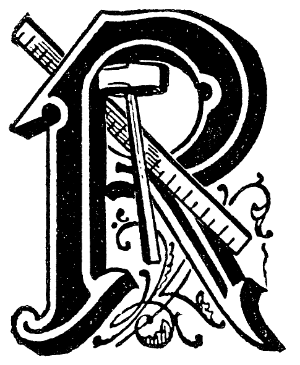DEIB solutions for organizations of all sizes - cultural agency for Asian Americans and allies alike.
“You were born an original. Don’t die a copy.”
The Who:
Ryan Takemiya is a writer, community leader, and executive DEIB consultant providing human-centered solutions for organizations of all sizes. Specializing in racial equity, culture, and wellness, his mission is to empower AAPIs and their allies with the agency to transform themselves, their workplaces, and society at large in order to overcome what he calls "Toxic Invisibility".
Ryan has over 15 years of experience building community power for Asian Americans from the ground up and brings that experience to bear for all those who are seeking to be better seen and heard. As the founder of Rama (an Asian American creative community), Talk Story (an Asian American storytelling open mic), and Renaissance Men (an Asian American men’s support group), he has helped AAPIs achieve radical visibility through healing, storytelling, and cultural agency.
Ryan speaks at colleges, conferences, and companies nationwide about this movement, which he calls the “Asian American Renaissance.”
THE WHY:
“In 2005, while traveling through East Asia studying youth culture on a Thomas J. Watson Fellowship, I noticed that Asian youth were in the throes of a cultural renaissance: New music, dance, and other forms of expression were changing the fabric of modern, Asian society right before my eyes, and the young people of Asia were making it happen all on their own. But perhaps the biggest realization was that these types of cultural shifts actually occur every few years in every community around the world. I would later learn that this was nothing new...in fact, it was a tale as old as time. I began to understand that even in America, different communities take their traditional culture (their past experiences) and synthesize it with the culture that surrounds them (their current situations), and in doing so, shift the cultural status quo to something that is similar to what came before, and yet completely different and altogether new, which benefits the community by passing down traditional values while keeping them current and relevant to the younger generation. Perhaps the most obvious example of this is music - and the shifting genres that emerge and change every few years - but it happens across all forms of artistic and cultural expression. I looked at each community in America and saw that they were all performing this practice, and with each cultural shift, these communities were further solidifying their identities and their understanding of themselves, leading to increased self-awareness and ability to unite to overcome obstacles together.
However, I realized that there was one community in particular that engaged in this process in a very complicated way: My own.
The Asian American community is not only made more complex by its many different ethnicities, but also by wide income/education gaps, different waves of immigration, and pure geographic distance between populations. For example, during my upbringing, my traditional Asian culture had been somewhat erased. Not just language...but music, dance, art, and other forms of Asian cultural knowledge had been discarded in favor of assimilation to White American culture. We were no longer interested in our own cultural potential...the idea of altering our traditional culture to synthesize it with the surrounding culture was not a priority. Instead, assimilation into White American, middle-class, capitalist society had left us comfortable and complacent. But not without creating a significant identity crisis.
The perceived lack of "cultural capital" and feeling like an outsider can be psychologically damaging and can appear to one as the result of a lack of acceptance by American culture, making one try even harder to "fit in", convinced that it is Asianness itself that is holding one back. But this is a dangerous notion that serves only to divide Asian Americans against themselves and keep them ignoring their huge cultural potential.
It is not until we turn our focus back onto our own culture and experiences that we will be able to heal ourselves individually as well as a community.
Everything I do is geared toward this purpose. Everything I do is designed to bring Asian American folk together to heal ourselves and bring our culture back to life. I truly believe that by synthesizing our past with our future, there's no limit to the culture that we will create in the present, and the potential that we will possess to make this world a better place."


